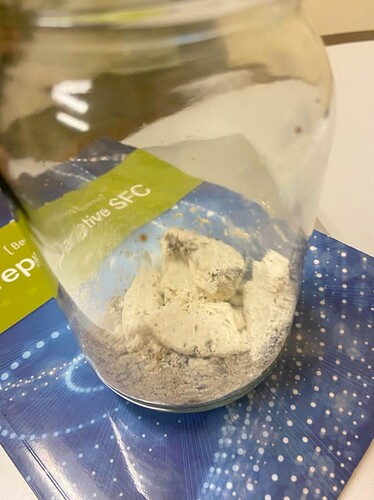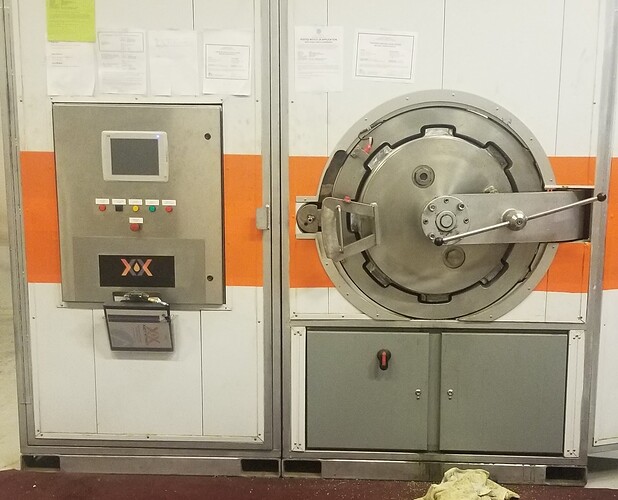“Plus, we now know that lower pressure CO2 machines lack the safety considerations high pressure systems have. They have doors that open sideways and have caused debilitating injury and have been rejected by some companies because of the way their doors open toward the user.”
I find this statement to be suspect, have you ever even operate a pig launcher? Be it a German or American pig launcher, they both have a two stage operation which makes it impossible to open the door fully without full depressurization.
I find “pipe machines” (machines which use pipe for vessels as opposed to a custom manufactured vessel) to be unsafe because they are never rated to below -20f. Any Co2 extraction system with vessels not rated down to -40f is dangerous because it’s a matter of time before a vessel holding liquid Co2 will reach sub -20f temperatures.
The insistence of “SFE” engineers not to have any experience running their equipment on the marketed botanicals before “training” the customer is maddening. The blind leading the blind…
Why would a “SFE engineer” develop a system that wasn’t capable of extracting the main target of the market (THC-a) effectively?
If there was a more effective way to extract clean target fractions why wouldn’t you engineer your system to extract quickly using these more selective set points?
Everyone manufacturing Co2 equipment should look at themselves for the failure of the technology (myself included).
The simple fact is that Co2 systems don’t make marketable cannabiniod products without a second solvent.
Until there is complete refinement of the targets in the system, Co2 systems will be a novelty.
Full inline winterization with solvent recovery with a CXE injection will give you a marketable product from the extraction system. This is the only thing that can save Co2 from obscurity.
I have retrofit kits that allow injection and refinement but I haven’t been able to finish a system that integrates the second solvent recovery.
If someone with the funds wishes to see this system come to life please reach out to me, there are two 700 liter CXE skids waiting for instruments and pumps in Tulsa.





